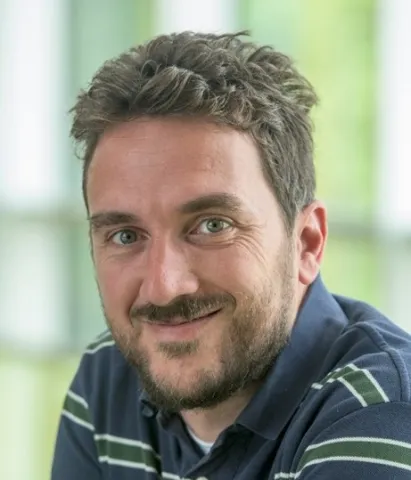About the project
This project focuses on developing novel Hollow core fibres designs using cutting-edge fabrication techniques. Applications range from quantum communications and computing to radiation-immune sensors for fusion reactors and particle accelerators.
Hollow core fibres (HCFs) guide light through air rather than glass, offering radically improved performance for data transmission, sensing, and high-power delivery. This project will explore the fabrication of hollow core optical fibres, a fast-growing field with global impact, that could transform industry.
You'll explore fibres capable of delivering ultra-high laser powers for defence and energy applications, including laser drilling for oil and geothermal. You'll be part of a collaborative and well-supported team, working alongside researchers who pioneered this technology and helped bring it to commercial reality.
The Optoelectronics Research Centre (ORC) is home to over 90 state-of-the-art laboratories and a vibrant community of more than 200 researchers. Its strong track record in photonics innovation and its cluster of spin-out companies offer excellent career prospects for graduates. Moreover, the University of Southampton is consistently ranked among the UK’s top research universities.
This is a unique opportunity to gain deep expertise in a transformative technology, supported by a team with strong links to industry and global research partners. You’ll be encouraged to publish your work, attend international conferences, and contribute to projects with real-world impact. You’ll receive hands-on training in our advanced cleanroom facilities and labs to design, fabricate, and characterise fibres with unprecedented capabilities.
Apart from the main supervisors, this project also has Dr Ghafour Amouzad Mahdiraji as a supervisor.
The School of Optoelectronics (ORC) is committed to promoting equality, diversity inclusivity as demonstrated by our Athena SWAN award. We welcome all applicants regardless of their gender, ethnicity, disability, sexual orientation or age, and will give full consideration to applicants seeking flexible working patterns and those who have taken a career break.
The University has a generous maternity policy, onsite childcare facilities, and offers a range of benefits to help ensure employees’ well-being and work-life balance. The University of Southampton is committed to sustainability and has been awarded the Platinum EcoAward.
